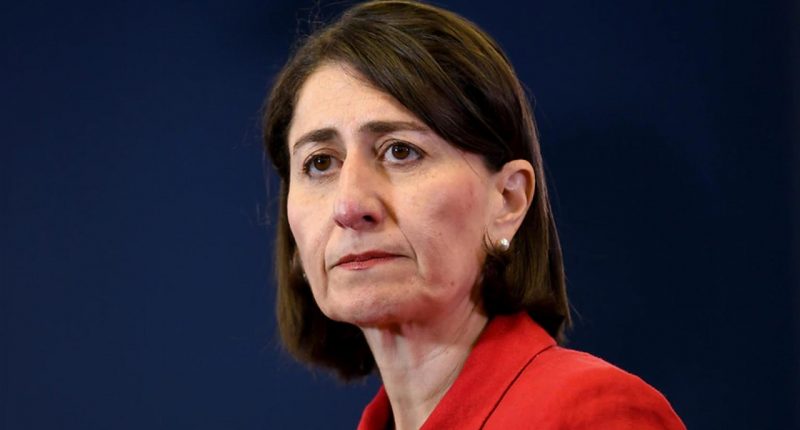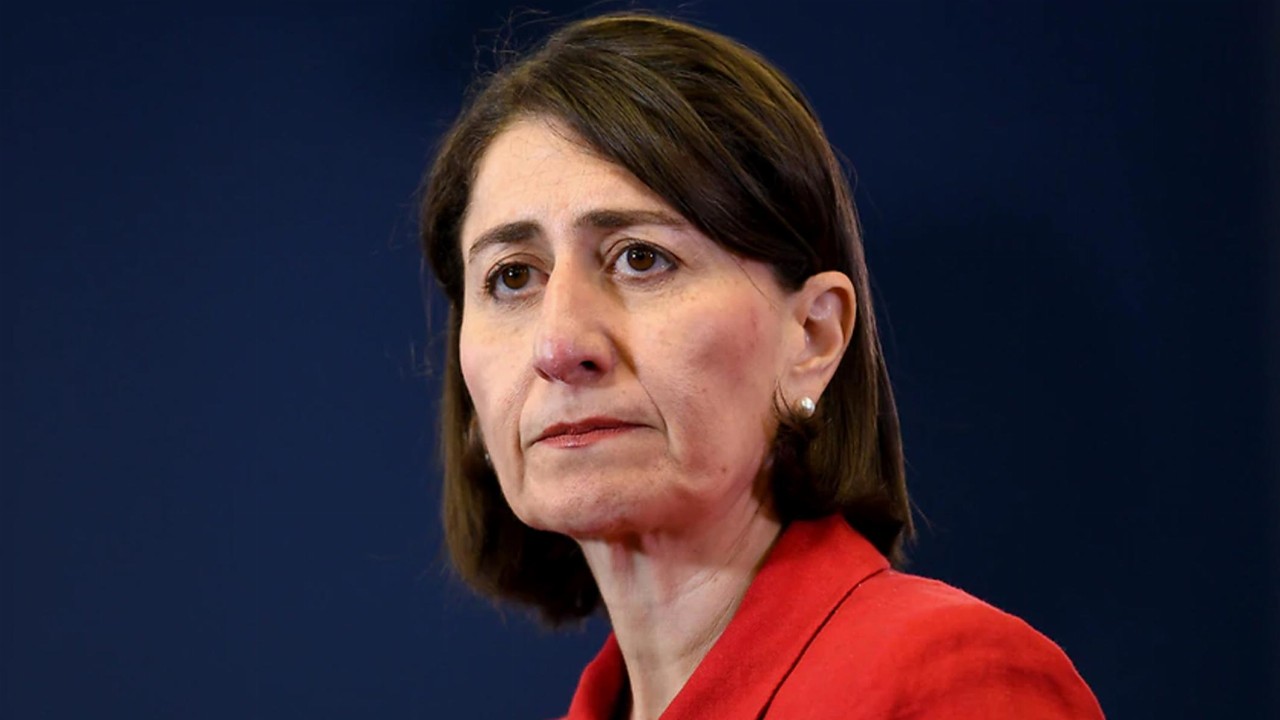- The number of COVID-19 cases in NSW has ballooned to 28, prompting even more border closures across Australia
- The NSW Premier confirmed 25 of those cases are believed to be linked to a cluster in Sydney’s northern beaches
- Health officials also revealed the virus appears to have originated from the U.S. but health officials are still trying to determine how it spread
- Along with WA, Victoria has introduced mandatory quarantine rules to try and stop NSW residents from travelling to the state
- Tasmania, South Australia, the Northern Territory and Queensland’s border all remain partially open, with residents from hotspot areas required to quarantine and get tested
- Prime Minister Scott Morrison has urged residents across Australia to “remain calm” and comply with local COVID-19 restrictions
Sydney’s COVID-19 outbreak has worsened, with a total of 28 cases now linked to growing cluster which has seen state borders across Australia slam shut again.
The outbreak has also become one of the biggest recorded in Australia since Victoria’s second wave of infections, which resulted in months of rolling lockdowns and hundreds of deaths across the state.
NSW cluster explained
The NSW Premier confirmed on Friday that an additional 10 people have tested positive for the virus, bringing the total number of cases to 28.
Gladys Berejiklian said 25 of those cases are believed to be linked to a cluster in Sydney’s northern beaches.
“I stress to everybody in and around Avalon and the Northern Beaches that for the next three days you shouldn’t leave your home unless absolutely necessary,” she said.
“If we get on top of this in the next two or three days all of us will be able to have a better Christmas. If we don’t get on top of it, it could mean further restrictions down the track,” she added.
•Eight are from Northern Beaches, and all are linked to the Avalon cluster
— NSW Health (@NSWHealth) December 18, 2020
•Two are residents of South East Sydney and linked to the Avalon cluster
NSW Chief Medical Officer Kerry Chant also revealed genome testing has suggested that the strain circulating in the Northern Beaches was from the U.S.
However, the CMO said its unclear how the strain had entered into the community.
“My anxiety is we have not found the direct transmission route and we cannot be sure we have blocked the transmission line,” she explained.
A man who was working as a bus driver for international travel crews is also believed to be infected with a U.S. strain of the virus, but he isn’t linked to the Northern Beaches cluster.
Australia’s reaction
As a result of the growing outbreak, Victoria has joined WA in effectively closing its border to NSW.
Melbourne health officials have introduced a permit system, meaning that NSW residents will need to seek approval before entering the state.
Additionally, Victorians are also being advised not to travel to Sydney over the holiday period.
“Don’t go to Sydney. It won’t be a holiday. It won’t be the Christmas you are planning,” Victoria’s Health Minister Martin Foley said.
“Conditions are expected to deteriorate and you may not be able to re-enter Victoria without undertaking quarantining for 14 days,” the minister added.
Tasmania, South Australia and Queensland’s border remain partially open to NSW, though visitors from hotspot areas required to quarantine and get tested.
The Northern Territory has also declared Sydney a hotspot and all of the states and territories have flagged border restrictions are liable to change.
In the meantime, Prime Minister Scott Morrison has also commented on the outbreak in NSW, stating he was confident authorities in the state would react appropriately.
“We have dealt with this before, we’ll deal with it again, it’s important that people remain calm about these issues and follow the instructions they’re receiving from their local health authorities,” the PM said on Friday.








